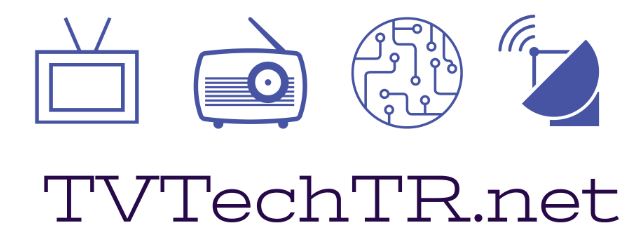You probably know that WRC 2015, is going to start in 2 weeks. There will be debate on the use of 470-694 MHz. The European public broadcasters, and the organization of the public broadcasters, namely European Broadcasting Union, EBU are trying to secure the rest of UHF band for terrestrial broadcasting.
For the ones out of broadcasting, the frequency band can be thought as the road for the automobiles. When the road is wider, you can put more cars on it. If you squeeze the cars, then it is OK for you to live with a narrower road. That's exactly what happened when the terrestrial television went through the digital transmission. The size of the cars, the bandwidth needed for a TV channel, has went down. Hence, the whole UHF band for analogue TV transmission is more then enough. On the other hand, there was a increasing demand of bandwidth in mobile networks. This demand, caused the release of 800 MHz band to mobile.
With the developments in the encoding technology, the need for the bandwidth in broadcasting is still decreasing. With HEVC coding and its application to the DTT, it is quite understandable to give up 700 MHz to the mobile networks also. But, the demand is not ending.
Mobile networks are lobbying to have the whole 470-694 band and ending the DTT. Actually they are arguing that the DTT may continue over 4G+ with the mobile broadcast, which, in theory is defined, but in reality not so common.
EBU, has published a Technology Fact Sheet on WRC 15. The name of the document is: PREPARATIONS FOR WRC-15 SUPPORT DTT.
Turkey, is a unique country in Europe with no DTT network built yet. So, Turkey may be the first country to give the whole UHF band to mobile, as there is no DTT network, hence no money spent. But, when this is an important decision. If you decide to leave the UHF band to mobile, and hope to get the terrestrial broadcast over mobile networks, you have to think of the number of towers and health issues. This may cost a lot. The DTT over mobile, is an untested system, which in theory looks OK, but as I said, no wide installation. Actually the system is mainly developed for crowded places like stadiums, or airports where many people wants to watch some how same content. It is not designed for the replacement of analogue terrestrial television broadcast.
With the recent developments in Turkey, the DTT is not the hot topic. I might the one of the 102, who past away with a bomb in the meeting for peace. There is a general election in the first of november. So, the agenda is not television, or frequency issues. I am trying to rise the awareness of the importance of the WRC 15. Unfortunately, I will not find the chance to attend the meetings of WRC. But, I will try to follow the news and try to explain to my readers.
The last I will write on this is for the frequencies:
USE IT OR LOSE IT!


Comments
Post a Comment
Comments will appear after approval, which may take time :)